1. Pollock’s Early Life
Before he became a world-renowned artist, Jackson Pollock (1912-1956) had a tumultuous upbringing. Born in Cody, Wyoming, Pollock and his family moved around the country frequently, finally settling in Arizona where he attended high school. It was here that Pollock first discovered his passion for art, and he went on to study at the Art Students League in New York City.
2. The Influence of Surrealism
Pollock was heavily influenced by the Surrealist movement, which favored the unconscious mind as a source of artistic inspiration. Pollock believed that the act of painting itself was a way to tap into the unconscious, and he developed a unique process of dripping and splattering paint onto canvas that he called “action painting.” This technique allowed him to create elaborate, chaotic compositions that seemed to emerge organically from his subconscious.
“Energy and motion made visible – memories arrested in space”
— Jackson Pollock
3. The “Pollock Problem”
Despite his innovative approach to painting, Pollock struggled to find commercial success in the art world. Many critics dismissed his work as mere chaos and referred to it as the “Pollock problem.” It wasn’t until the 1950s when Pollock’s work was featured in a solo show at the Museum of Modern Art in New York, that he began to gain widespread recognition for his contributions to abstract expressionism.
4. The “Drip Paintings”
Pollock’s most famous works are his “drip paintings,” in which he would pour and splatter paint onto large canvases laid out on the floor. He used a variety of tools, including sticks, knives, and even fire hoses, to create his signature style of sweeping, intricate lines, and drips. Pollock’s drip paintings are often seen as a physical manifestation of the artist’s emotional and psychological state, with the chaotic compositions reflecting his inner turmoil.
“Painting is self-discovery. Every good artist paints what he is.”
— Jackson Pollock
5. The Myth of the “Drunken Artist”
Pollock was known for his heavy drinking and tumultuous personal life, and this, along with his association with the bohemian art scene in New York, contributed to the myth of the “drunken artist.” However, Pollock’s alcoholism was also a source of great pain for him and those around him, and it ultimately played a role in his untimely death in a car accident at the age of 44.
6. The Significance of Pollock’s Legacy
Despite his struggles, Pollock’s impact on the art world was profound. His innovative approach to painting and his use of abstract expressionism as a means of tapping into the unconscious mind have made him one of the most important figures in 20th-century art. Pollock’s work continues to influence artists today, and his drip paintings are some of the most recognizable and valuable pieces of art in the world.
7. Pollock’s Studio
Pollock’s studio, known as “The Barn,” was a crucial part of his creative process. Located on his property in East Hampton, New York, the studio was a large, open space where Pollock could work on his drip paintings without the constraints of a traditional studio. The Barn is now a National Historic Landmark, and visitors can tour the space and see where Pollock created some of his most famous works.
“The painter locks himself out of his own studio. And then has to break in like a thief.”
— Jackson Pollock
8. Pollock’s Collaborations with Lee Krasner
Pollock’s wife, Lee Krasner, was also an accomplished artist in her own right. The couple often worked together in The Barn, with Krasner serving as a muse and collaborator for Pollock. Krasner’s work was heavily influenced by Pollock’s drip painting techniques, and the two artists had a strong influence on each other’s artistic development. Krasner’s work has sometimes been overshadowed by Pollock’s fame, and she has only recently begun to receive the recognition she deserves as a pioneering figure in abstract expressionism.
9. The Cost of Pollock’s Art
Pollock’s drip paintings are some of the most valuable pieces of art in the world. In 2006, Pollock’s “No. 5, 1948” sold for a record-breaking $140 million at auction, making it the most expensive painting ever sold at the time. Pollock’s work continues to fetch high prices at auction, with several of his paintings selling for over $10 million in recent years.
“Technique is just a means of arriving at a statement.”
— Jackson Pollock
10. How to Get Your Own Pollock Painting
How to Get Your Own Pollock Painting
If you’re interested in owning your own Pollock painting, you’ll need to have deep pockets. Pollock’s work is highly sought after by collectors, and original paintings can fetch millions of dollars at auction. If you’re looking for a more affordable option, you can try purchasing a print or reproduction of Pollock’s work. Alternatively, you can visit a museum or gallery that has Pollock’s work on display to get your fix of this iconic artist’s work.
“The modern artist is working with space and time and expressing his feelings rather than illustrating.”
— Jackson Pollock
If you’re a fan of abstract expressionism or just want to learn more about the life and work of Jackson Pollock, be sure to check out some of his paintings in person or online. You can also visit Pollock’s studio, The Barn, in East Hampton, New York for a unique look at the artist’s creative process.
Looking to explore more art genres? Head over to JoeLatimer.com for a multidisciplinary, visually stunning experience. ☮️❤️🎨
Enjoy this blog? Please help spread the word via:



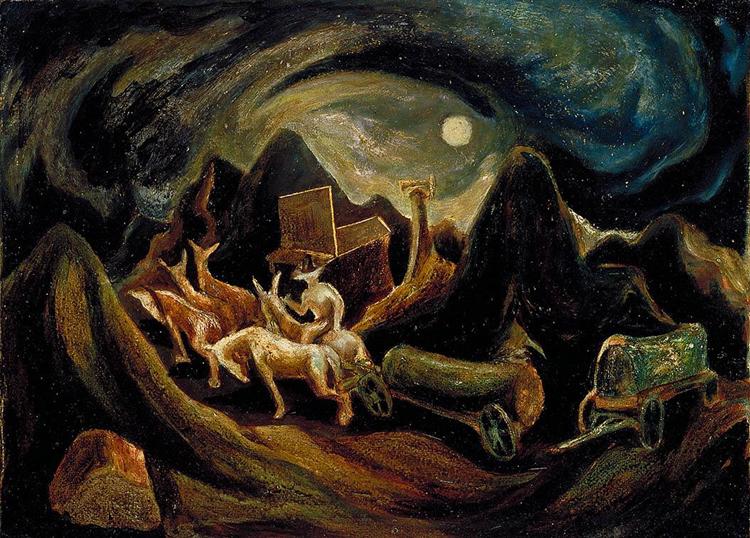


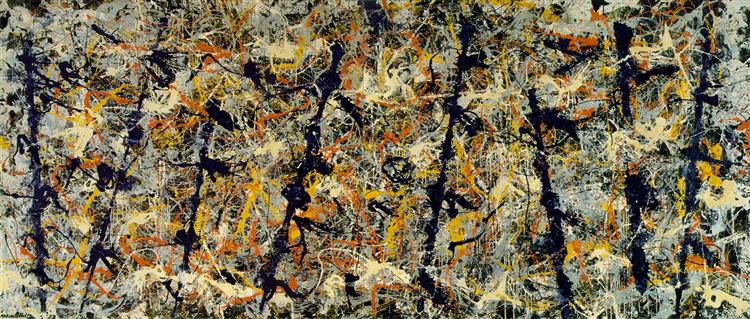
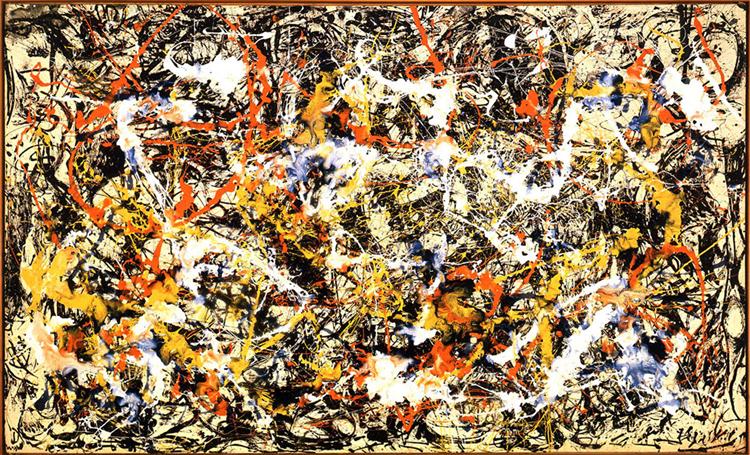


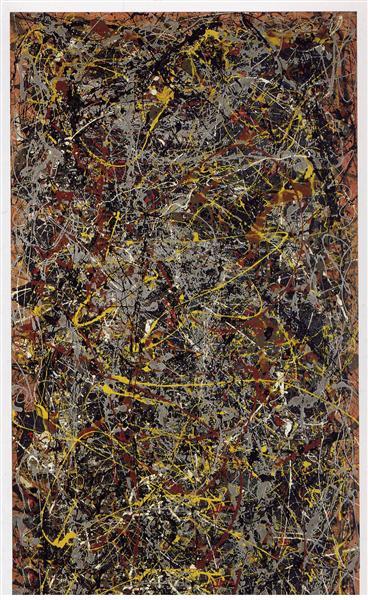


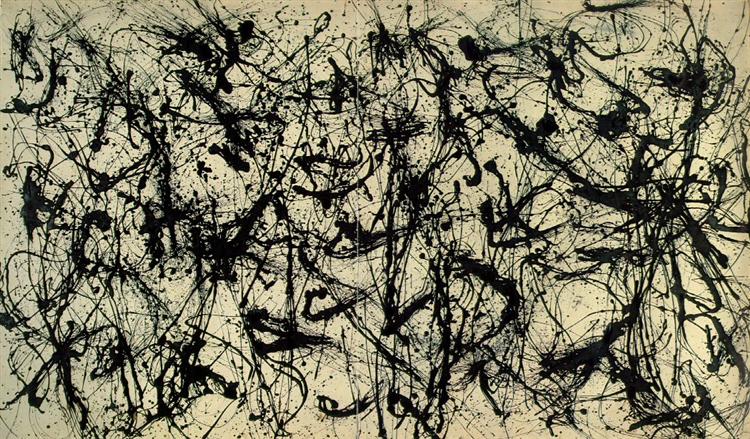
One Comment